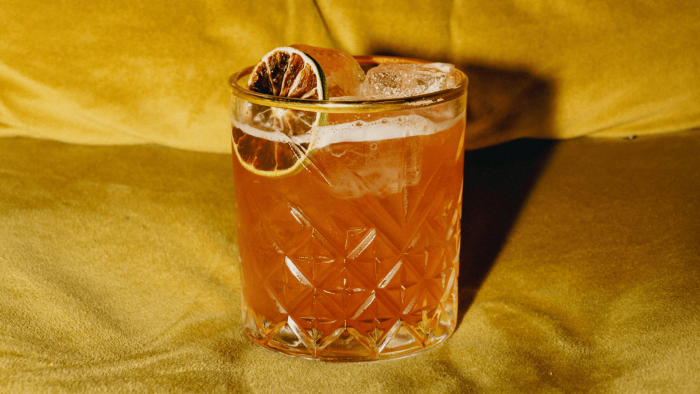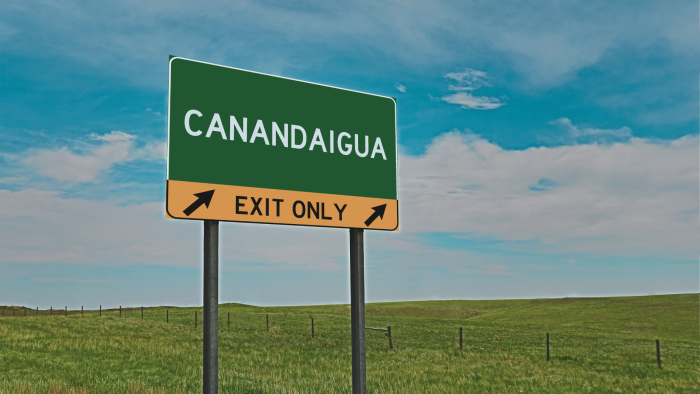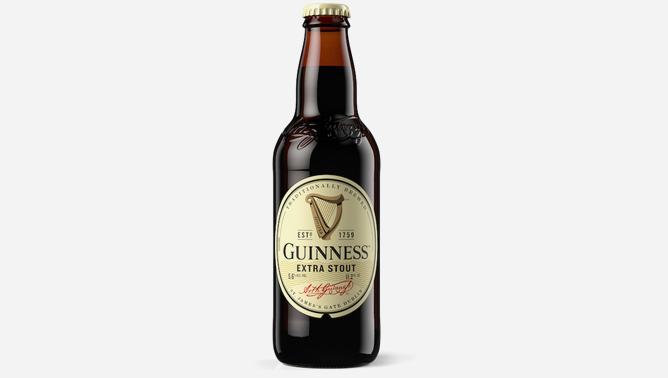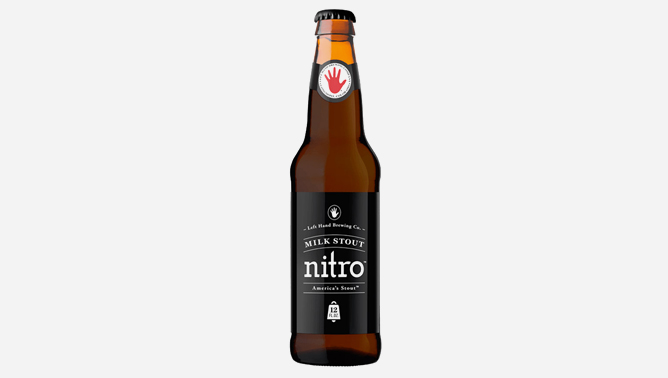When it comes to winter beers, there’s no topping a rich, robust stout or a sweet, malty porter. To the uninitiated, the two beer styles seem strikingly similar. And while if you like one you’ll probably like the other, they are made up of different ingredients and have a slightly different flavor profile.
While the stout style is more popular with contemporary drinkers, the porter came first. The porter was a popular style in England in the 1700s. At some point, brewers began brewing what they referred to as “stout porters.” They were traditionally higher alcohol and had a more robust and bitter flavor. Modern porters and stouts have taken on a life of their own, with a few key differences between the two.
What Is a Stout?
The original stout actually comes from the original porter. A higher alcohol porter was called a “stout porter” among workers in London, and eventually the latter part was dropped and stouts became a category of their own. There are varying definitions of a stout depending on who you ask, but most experts agree that the style is known for its dark (sometimes pitch black) appearance and having a roasted malt, creamy, lightly bitter flavor profile. Common flavors include dark chocolate, coffee, and dried fruits.
While you could simply say that you love stouts, many drinkers would want to delve a little deeper to find out what you truly enjoy. This is because the stout style is very complex and has myriad offshoots. They include dry Irish stout (like the wildly popular Guinness Stout), oatmeal stout, milk stout, pastry stout, oyster stout, coffee stout, imperial stout, and barrel-aged stout.
What Is a Porter?
Conversely, a porter is known for generally having a lighter flavor profile and lower alcohol. (There are exceptions, of course.) Porter flavor profiles usually included roasted malts, chocolate, coffee, and floral, earthy hops. Contemporary porters are known for their balanced flavor profiles.
Just like with stouts, there are many different subcategories under the porter umbrella. They include the English porter, Baltic porter, imperial porter, and barrel-aged porter.
How are Stouts and Porters the Same?
Porters and stouts share some of the same flavors and aromas. This is why it’s difficult for some drinkers to differentiate between the two beer styles. Roasted malts, chocolate, coffee, vanilla, and dried fruit flavors can be found in both styles. The two styles also share some of the same ingredients. They’re both brewed with barley, water, hops, and yeast. The difference lies in the way the barley is prepared before brewing.
How are Stouts and Porters Different?
While porters and stouts are both brewed with barley (like many beers), the major difference between the two is that stouts are brewed using un-malted roasted barley (giving it the roasty, robust, coffee, bitter flavor stout fans crave) and porters are brewed with malted barley (giving them the sweeter, rich, chocolate flavor porter fans love).
Classic Stouts and Porters to Drink All Year Long
Guinness Extra Stout
There are no stouts more famous than Guinness. This dry Irish stout is known for its mix of coffee, chocolate, and roasted malt flavor thanks to being brewed simply with roasted barley, malted barley, hops, and yeast. It’s also well-known for its dry, bitter finish.
BuyLeft Hand Milk Stout
This popular milk stout is brewed with 2-row malts, crystal malts, chocolate malts, Munich malts, rolled oats, flaked barley, and roasted barley. It gets its hop presence from the use of CTZ and Golding hops and its creamy mouthfeel from the use of lactose.
BuyDeschutes Obsidian Stout
This 6.4 percent ABV stout is brewed with 2-row malts, roasted barley, chocolate malts, Carapils malts, Munich malts, and crystal malts, as well as Delta and Northern Brewer hops. It’s beloved for its pitch-black color and palate of roasted barley, coffee beans, and chocolate.
BuyGreat Lakes Edmund Fitzgerald Porter
This rich, balanced, semisweet porter is known for its flavors of roasted barley, chocolate, vanilla, and coffee. It’s brewed with 2-row base malts, Crystal 77 malts, chocolate malts, and roasted barley. It gets its snappy, floral, hoppy presence from the addition of Northern Brewer, Willamette, and Cascade hops.
BuyOskar Blues Death By Coconut Porter
With a name like “Death By Coconut,” you can guess that this is a beer for fans of tropical toasted coconut flavors. This 6.5 percent ABV limited-release porter is loaded with flavors like caramel, chocolate, and toasted coconut. It’s sweet, lightly bitter, and pretty much tastes like a Mounds Bar in a pint glass.
BuyCreature Comforts Koko Buni
This coffee, coconut, and chocolate fudge-driven milk porter gets its memorable flavor profile from the use of an Ethiopian coffee blend from 1000 Faces Coffee (in Athens, Georgia, where the beer is brewed), and cocoa nibs from Ecuador and Haiti. It’s not just a simple flavored porter though. This highly-rated porter is known for its complex, sweet, lightly bitter palate.
BuyMore Lifestyle

6 N/As Every Guy Should Have on Hand During the Holidays
Happy HoliN/As!

The Charm of Canandaigua, New York
The perfect friend trip for 2026.

5 Picks From the 2025 Film Festival Season, Based on Movies You Already Love
I survived festival season. These are the films I haven't stopped thinking about since.







